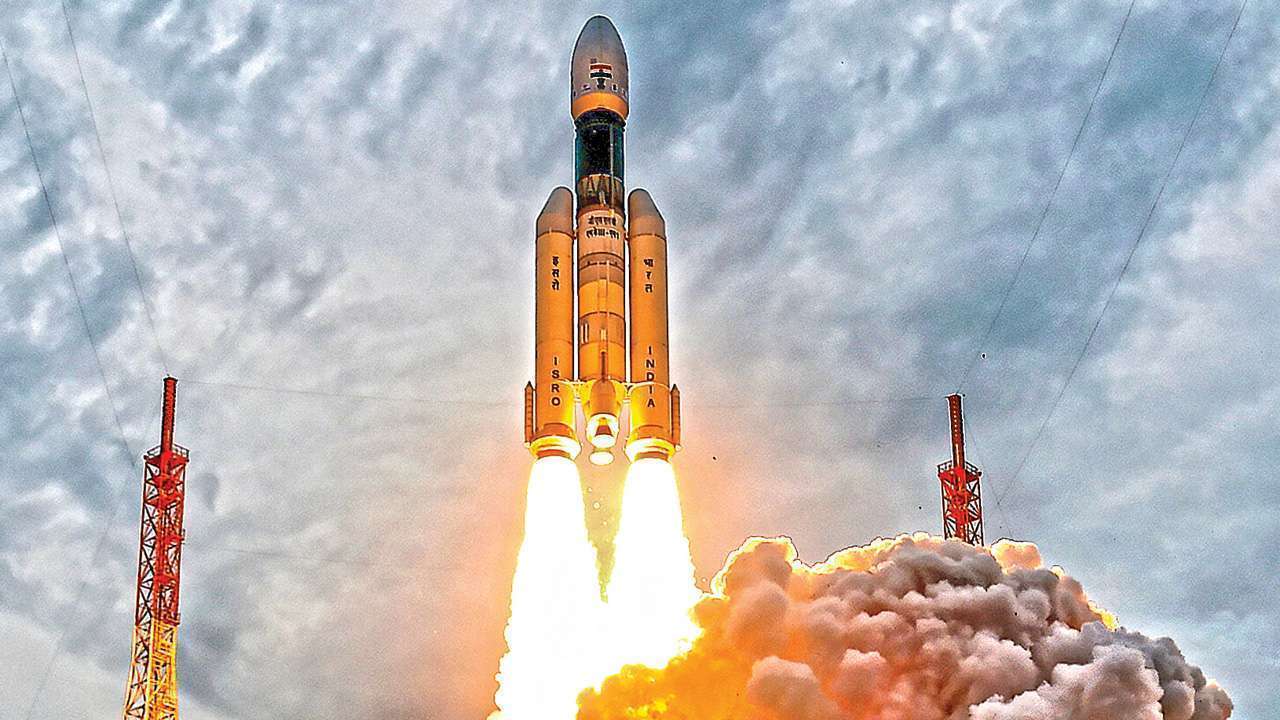Aerospace
Countdown for historic launch of Isro’s heaviest rocket begins
Rocket will carry for the first time commercial satellites as the primary cargo weighing over 5,400kg

On Saturday at 12:07 a.m., the countdown for the historic launch of Isro-largest NSIL’s rocket, the GSLV MkIII (LVM-3), which will carry for the first time commercial satellites as the primary cargo weighing over 5,400kg, began. OneWeb, a global satcom business, is planning to launch 36 tiny broadband communication satellites with the help of Bharti-Airtel during the night in between Saturday and Sunday at 12.07 am.
SABRE a rocket engine designed to power aircraft directly into space..!(Opens in a new browser tab)
The rocket and satellite systems will be examined during the countdown. The rocket’s fuel will also be filled. India typically uses the GSLV rocket to launch its geostationary communication satellites. It was given the name Geosynchronous Satellite Launch Vehicle as a result (GSLV). The third generation rocket is referred to as GSLV MkIII.
In order to provide communication services, the satellite company intends to build a constellation of 650 satellites in LEO. With this launch, OneWeb will have 462 satellites in its constellation, which is more than 70% of what is needed to provide satellite-based internet access globally.
The satellite-based internet service will be offered in India by Bharti, a significant OneWeb shareholder, through a distribution agreement with Hughes Communications.
How Does In-Flight Wi-Fi Really Work?(Opens in a new browser tab)
Two contracts for the launch of the broadband satellites in LEO have been signed with OneWeb by the commercial arm of Isro, NewSpace India Ltd (NSIL). The OneWeb satellites had previously been sent into orbit by Russian rockets from the Baikonur spaceport. OneWeb opted to switch to using Isro rockets for the launches in protest against the Ukraine war rather than continuing to use Russia’s launch services.

Aerospace
When Ratan Tata was denied entry to the airfield at the Aero India show, he waited

During our visit to Aero India 2019, we had the unexpected opportunity to see Ratan Tata at the event, which was a thrilling moment for us. However, there was a surprising hiccup when the security staff didn’t allow him to enter due to a lack of a security pass.
Despite this, he remained calm and patiently waited for about 20 minutes until a member of the Tata team brought him the required pass, after which he calmly proceeded inside. It was a humbling sight, showcasing his composed demeanor even in such situations.
Ratan Tata ji is not only a renowned industrialist but also a trained pilot, holding a pilot’s license. In 2007, he became the first Indian civilian to fly the F-16 Falcon during the Aero India show in Bangalore—a proud moment for the nation.
His passion for aviation extended beyond flying, as he played a key role in shaping India’s aerospace industry. Under his leadership, Tata ventured into manufacturing and maintaining aerospace components while upholding its legacy of quality. Notably, Tata’s collaboration with Airbus to develop and manufacture the C295 aircraft is a testament to its growing influence in the sector.
-

 Aviation2 months ago
Aviation2 months agoMicrosoft Flight Simulator Raises $3 Million to Bring Back the An-225 Mriya
-

 Airlines2 months ago
Airlines2 months agoQatar Citizens Can Travel to the United States Without a Visa
-

 Aviation2 months ago
Aviation2 months agoQatar Airways bans these new Electronic Devices on plane
-

 Airlines2 months ago
Airlines2 months agoJapan Airlines Rolls Out Free Domestic Flights to International Passengers
-

 Defence2 months ago
Defence2 months agoWhich Country Has the Largest Fleet of Fighter Aircraft?
-

 Airport2 months ago
Airport2 months agoWestern Sydney Airport Welcomes Its First Plane After 6 Years of construction
-

 Travel2 months ago
Travel2 months agoQatar Airways Launches Four Additional Flights from Amsterdam
-

 Aviation2 months ago
Aviation2 months agoDid you know ? Once Boeing 747 carried 1088 passenger in 1991








